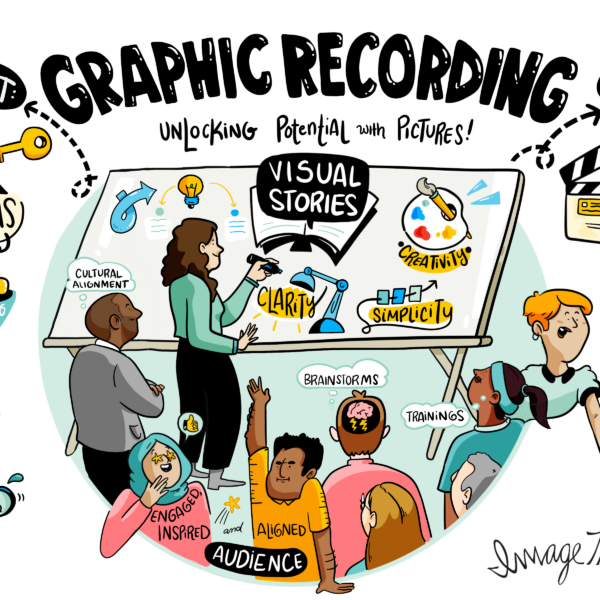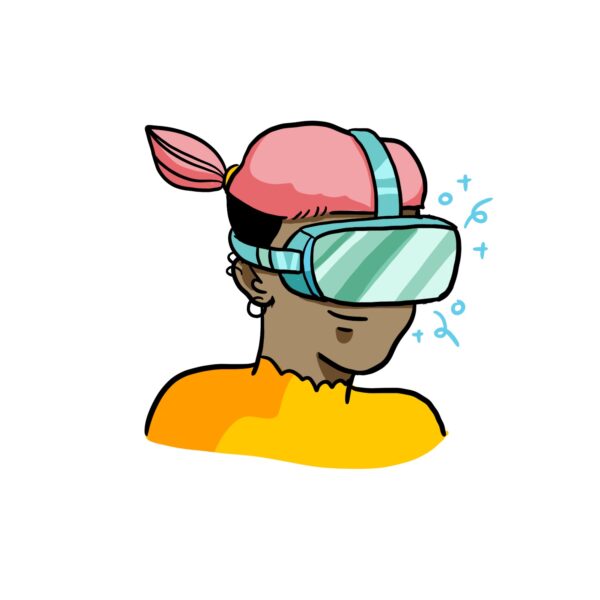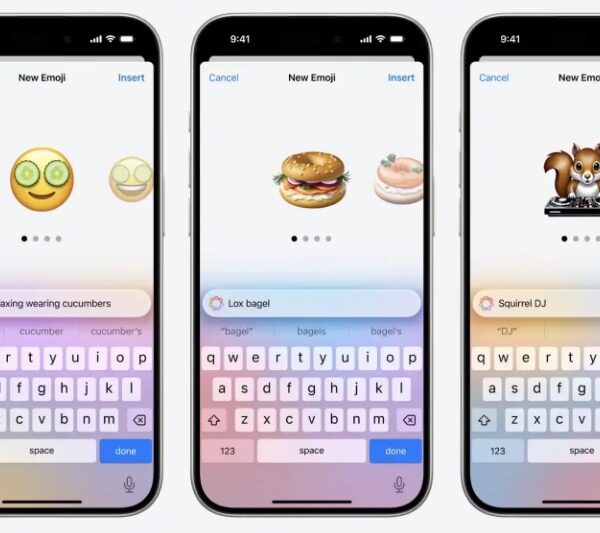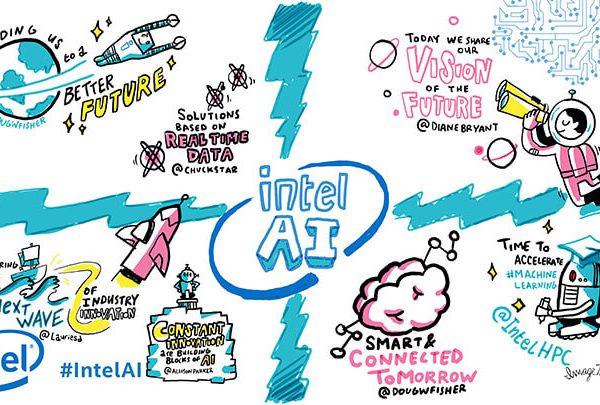As we navigate the ever-changing landscape of technology and creativity, there are some interesting developments and debates brewing in the world of art, corporate strategy, and graphic recording. Artificial intelligence (AI), or the most revolutionary technology since personal computers according to Bill Gates, is sweeping the nation with its groundbreaking ability to generate unique images, write papers for students, and automate tasks and jobs in a fraction of a second. But just how active is the disruption of this new technology?
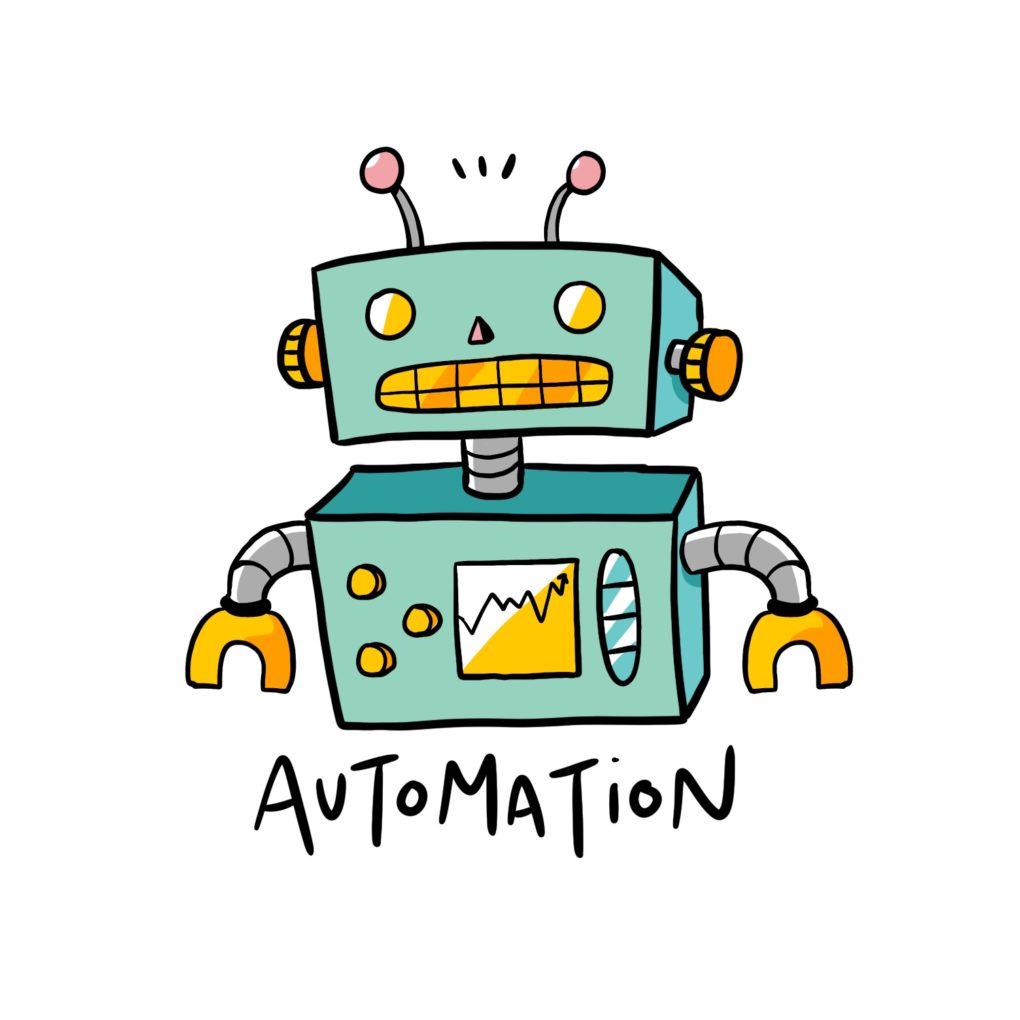
Let’s take a closer look at AI, and some of the areas its impacting.
Is AI even art? Can you tell?
Artificial intelligence has made significant strides in recent years, showing promise in the realm of art generation. However, not everyone is happy about this development. Some artists argue that AI-generated art lacks the soul and originality that stems from human creativity. The question is, can you tell?
According to Artsy, when asked to guess the authorship of actual artworks shown at Art Basel in Hong Kong in 2016, 59% of respondents inaccurately guessed that they were made by machines. In another portion of the survey, 75% of respondents assumed that paintings made by the algorithm were actually generated by humans.
Despite this confusion, some artists are embracing AI as a tool to enhance their creative process. For example, artist Mario Klingemann uses AI to create portraits and abstract pieces that combine human and machine creativity. For individuals like Klingemann, AI seems to be another way to unlock and harness creativity.
Leveraging the power of machine learning
Not just for the arts – AI is also disrupting the world of corporate strategy.
Machine learning algorithms are being used to great effect to help companies analyze vast amounts of data. From pattern recognition to trend forecasting, AI is providing insights to accurately inform business decisions, in a moment’s time. According to a report by McKinsey & Company, AI could potentially deliver additional global economic activity of around $13 trillion by 2030. However, the report also notes that realizing this value will require significant investment in technology, talent, and organizational change.
Despite the required change, AI is already being leveraged in strategy sessions among numerous businesses. The Harvard Business Review reports that companies like Walmart, UPS, and Uber are using AI-powered platforms to support strategic planning and decision-making. In this business world, where time and efficiency is crucial, AI might just be a game changer.
Finding the right balance
As you know, graphic recording has long helped clarify ideas, capture key points, and engage participants with real-time visual translation of presentations, meetings, and discussions. With these new developments, we’ve been inclined to ask, where does artificial intelligence fit into our work?
AI tools can’t replace the value of graphic recording, but they can certainly help with the process and delivery of the service.
For example, digital tablets and styluses can be used to create high-quality digital illustrations in real-time. And, as this article from Medium points out, AI can also be used to enhance the visual communication process by generating relevant images, automating repetitive tasks, and even suggesting design elements.
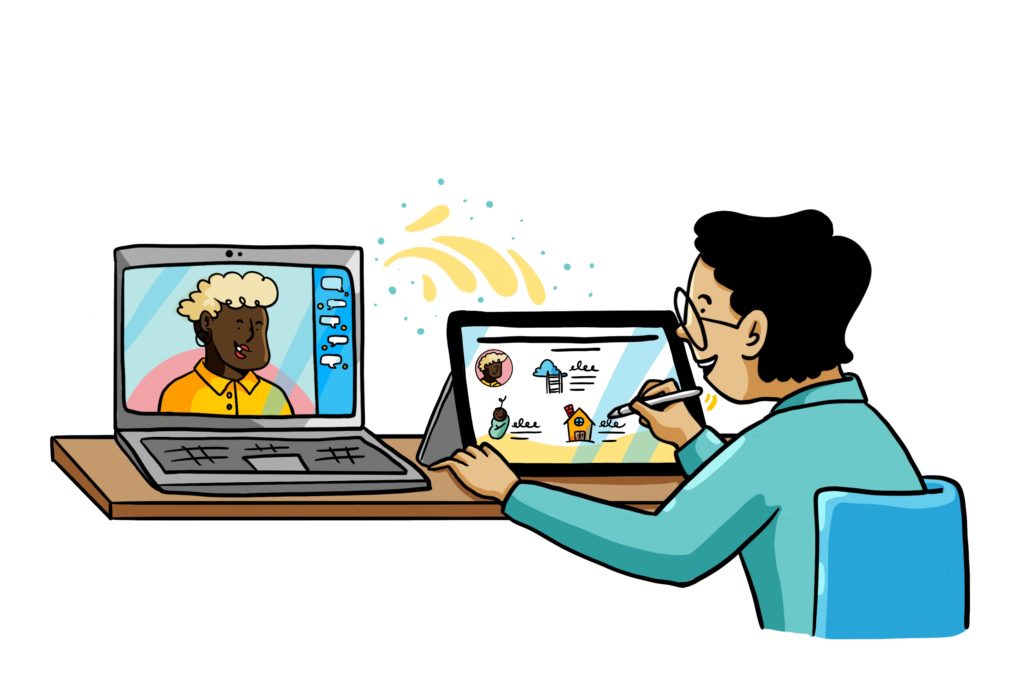
It’s true that AI is a powerful tool with the potential to be leveraged in many different areas. From art, to corporate strategy to graphic recording and beyond. While there are certainly concerns and debates to be had about its use, there is no denying that it has the potential to transform the way we work, create, and communicate.
